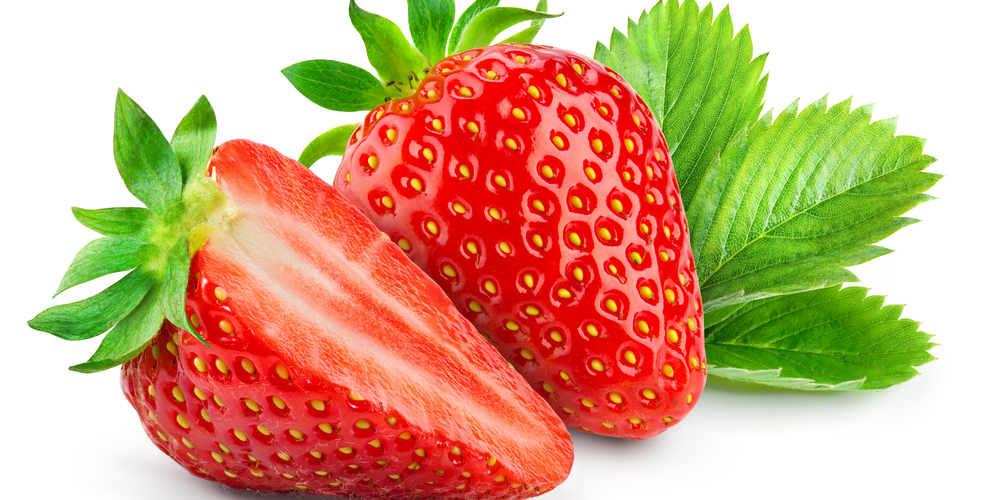Strawberry plants are everbearing, making it possible for you to enjoy the delicious fruits almost throughout the year. It is a low-growing fruit plant that thrives in summer. You can eat the fruit right after picking, freeze or make it into jam. The good thing is that they do well in Alabama and many other parts across the world. While they are some of the easiest fruits to grow, you should start by knowing the various types available out there and the best one for Alabama climate.
Types of Strawberries to Grow In Alabama

June Bearing strawberries are the best type to grow in Alabama. However, they are planted in October, and develop flowers and stems in the fall and winter seasons. Just like the name says, they bear fruits in June. The harvest season lasts for up to three weeks. So, you should plant early season, mid-season and late season.
There are many recommended strawberry varieties to grow in Alabama, and each has an ideal bloom time. They include:
- Allstar- Midseason
- Albritton-Late mid-season
- Chandler-Early season
- Cardinal- Early end season
- Earlibelle-Midseason
- Sunrise-Early season
- Earliglow-Early season
- Douglas- Early season
- Delite-Late season
How to plant strawberries in Alabama
Start by selecting where to plant your strawberries. The location should have well-draining and organic-rich soil. You should have three to four inches depth of compost in the soil. Use a tiller to work on it to spread it up 10 inches deep into the soil.
Have the pH soil tested to ensure that it’s between 6.0 and 6.8. Add ground sulphur if the pH is too high. After pouring sulphur on the soil, water your garden and leave it to rest for 14 days before planting your strawberries.
Enrich the prepared ground with 8-8-8 fertilizer and till it to ensure it goes as deep as six inches. Plant your strawberry plants and ensure the crowns remain above the ground. Space your plants from 18 to 30 inches apart and three feet apart.
After planting, add wheat straw or clean pine around the strawberry seedlings to retain moisture and limit weed growth. The plants can survive with rainfall but must be more than one inch weekly. Irrigate your fruit crop throughout the dry season.
Remove the first-year blossoms from your plants to promote their development.
After harvest, renovate your plants, mow the foliage up to one inch above the crowns, and be careful not to damage them.
Taking care of strawberries during winter
During winter, your strawberry plants need protection. You should keep them warm by adding some light mulch or thick covering to trap warm air. An excellent cover should trap the ice drops. A cover with sealed edges keeps your plants warm to prevent the underground from freezing.
A cover also blocks strong winds that can destroy your plants. However, it’s fine to let some ice find its way to the plants before adding protective mulch. This prevents unwanted growth under the mulch, which can cause tender shoots to develop. Such delicate shoots cannot withstand the sudden low temperatures in winter.
If you want to plant strawberries during winter, do it in containers. It is easier to protect your plants from harsh winter when planted in containers or pots.
Watering your strawberries
Strawberry plants require regular watering. This is especially important during the bearing season. You must provide them with up to two inches of daily watering. The best irrigation system for these plants is a soaker hose or drip.
Will your strawberries thrive in Alabama?
Strawberries thrive in Alabama and early varieties are the best for this region. The humid climate in Alabama can cause mildew and mold in some types. Choose to plant your strawberries in a location that receives sunshine for about six hours a day and they will thrive in Alabama.
How To Grow Strawberries In Alabama: Final thoughts
Strawberries are easy to grow and remain a product for two years. However, you have to plant them at the right time. Early varieties should be in the ground before the end of October.
This is to make sure that they are well-established by spring. Always choose the location carefully because these fruits thrive in well-draining soils. The soil must also be enriched with organic compost or fertilizers for a bumper harvest.
Related Article: When to Plant Strawberries in Zone 6?

